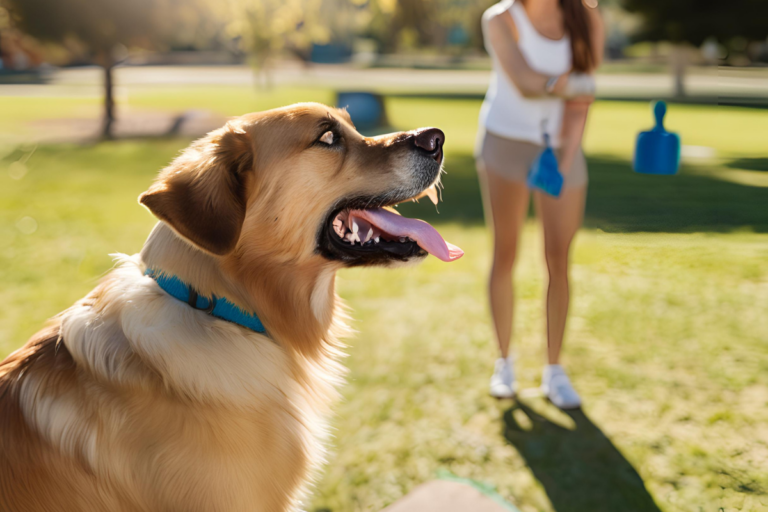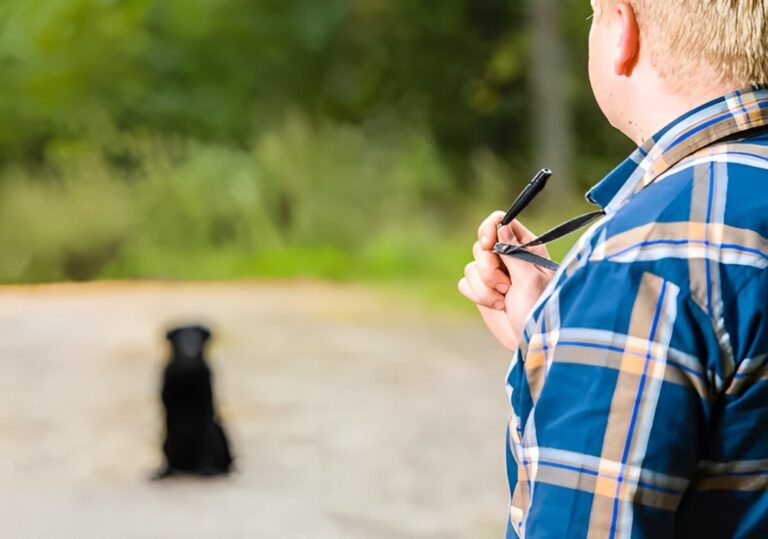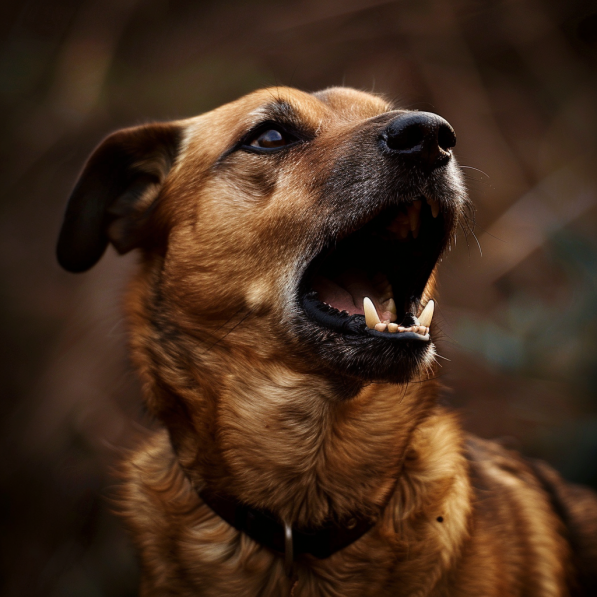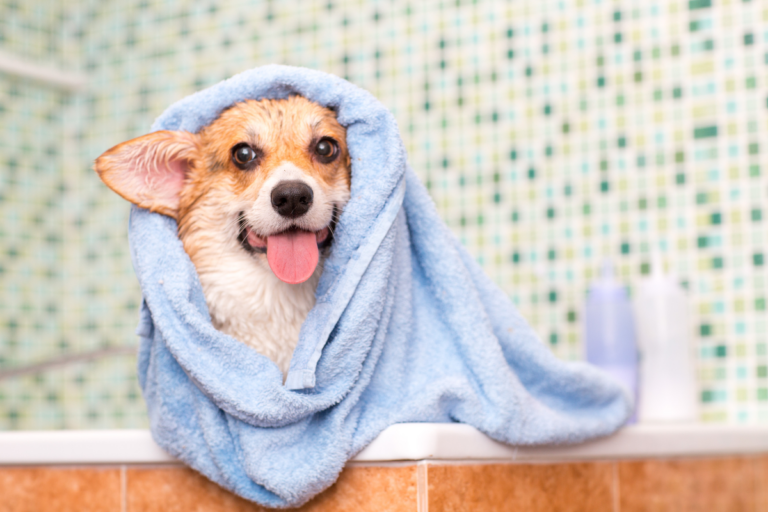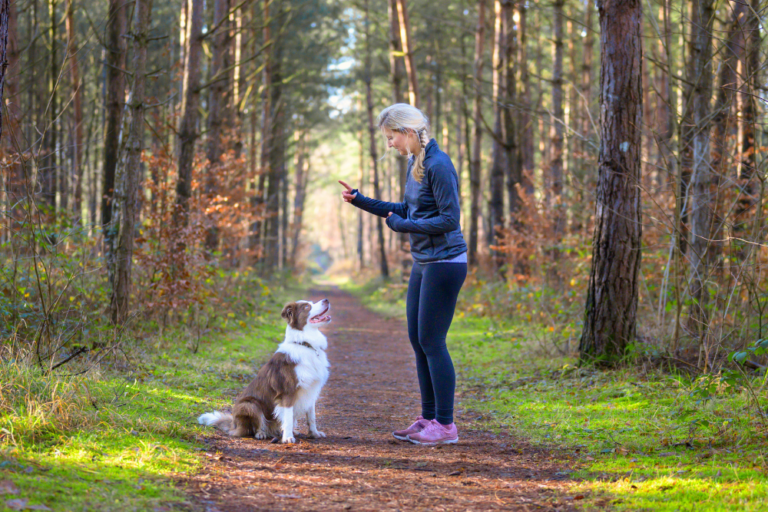Why Training Your Dog Is So Important
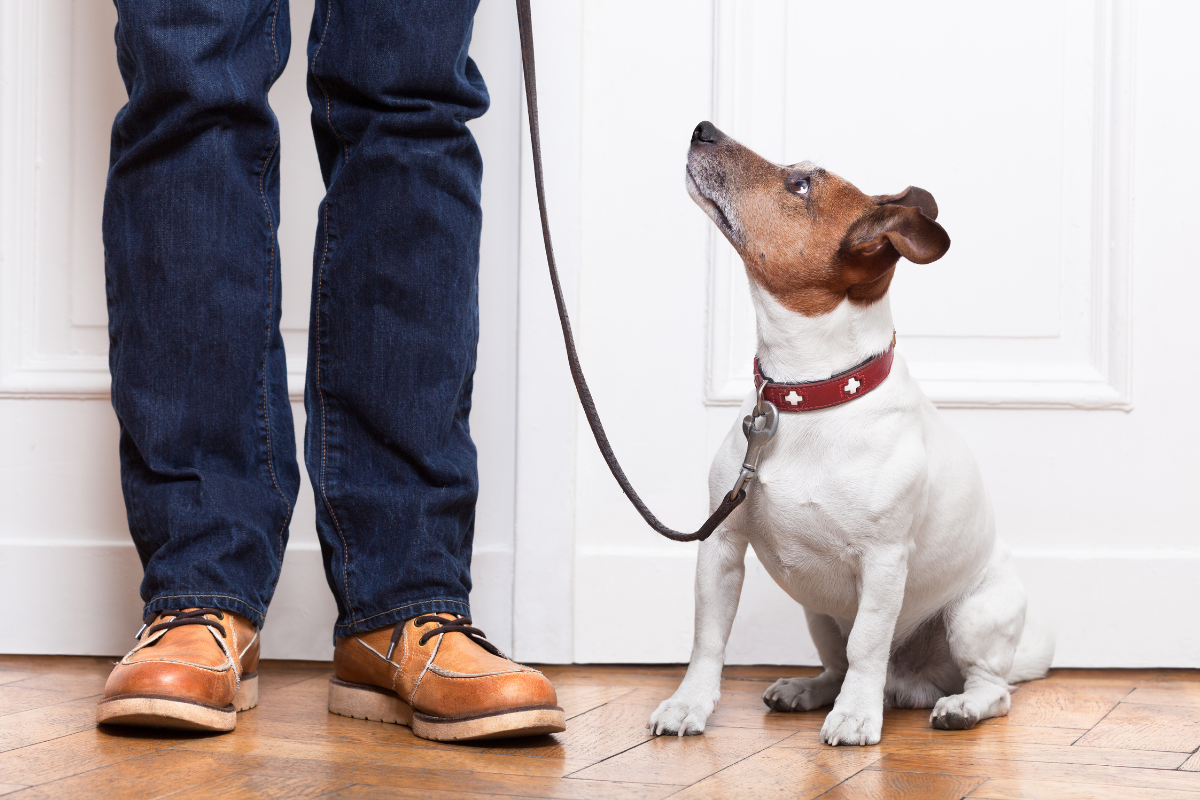
Has there been a time you have called your dog and it seems as if nothing you say gets through to it? Perhaps your dog is overly friendly when you are inviting them to meet new people in your friends and relatives? We’ve all been there!
Training is not only about commands and obedience of your pet but it is also to build the connection of trust, and obedience that would make your pet happy and well behaved.
Whether one needs to teach your dog simple things such as responding to commands or mastering how to behave in certain circumstances, dog training is important to live in harmony with your pet.
Ready to start? Now is the perfect time to revisit why it’s so crucial and how to do it at home.
5 Quick Tips for Training Your Dog at Home
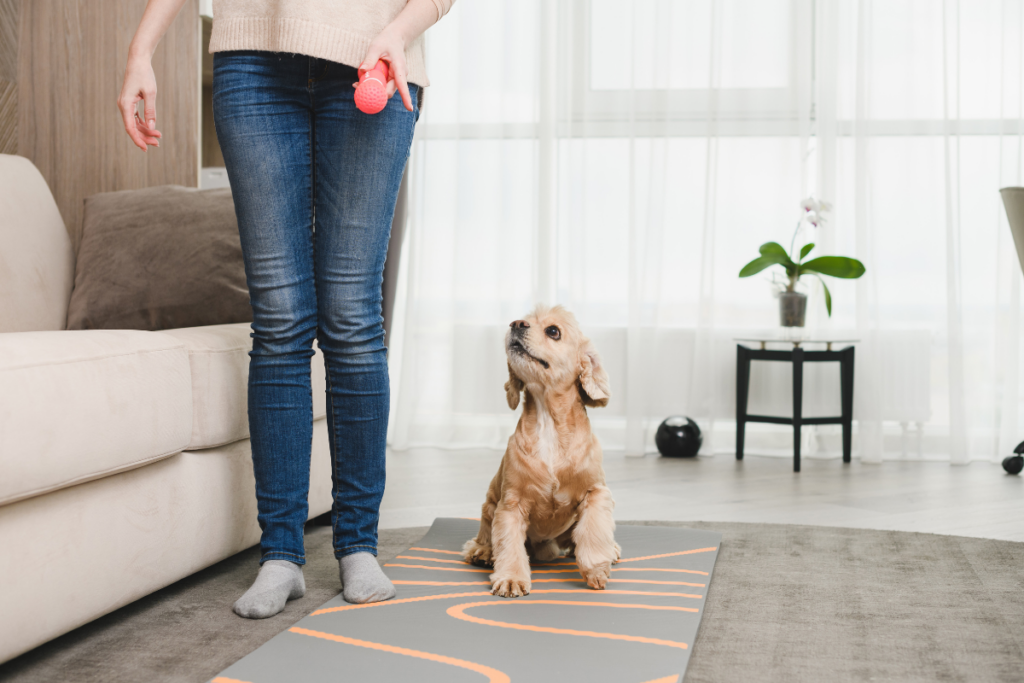
Learning does not have to be complicated as I show below when it comes to training your pet. Little that you know that even if you are inconsistent and are a little creative in teaching your dog then you are sure to set them straight on the commands you are giving them! So here are five easy asking for help tips for you:
1. Start with Basic Commands
Before you teach fancy tricks, focus on the basics like “sit,” “stay,” and “come.” These foundational commands set your dog up for success and make future training easier. Begin with short sessions and keep it fun—your dog will pick things up faster than you think!
Quick Tip: Use treats to guide your dog into position. A simple lure can make learning “sit” a breeze!
2. Use Positive Reinforcement
Rewarding your dog when they do something right is key. Whether it’s treats, toys, or extra belly rubs, positive reinforcement helps them understand what behaviors you want to encourage. The happier they are, the more motivated they’ll be to learn!
3. Set a Consistent Routine
Dogs love routine, and it helps them know what’s expected. Choose a specific time each day for training, so your dog knows when it’s time to focus. This also makes them more likely to remember what they’ve learned.
4. Practice Patience and Persistence
Training can take time, and dogs don’t always get it right the first time. Stay patient and persistent—it’s normal for your pup to need repetition. The more you work together, the better they’ll get at understanding your commands.
5. Make Training Fun and Engaging
Training should feel like playtime! Incorporate games like fetch or tug-of-war while working on commands. This keeps your dog excited and eager to participate in each session.
Quick Tip: Try using your dog’s favorite toy as a reward for completing a command. It’s a great way to make training even more fun!
Common Mistakes to Avoid While Training
🐾 Yelling or using harsh punishments.
🐾 Expecting your dog to master commands too quickly.
🐾 Being inconsistent with commands or rewards.
🐾 Training in environments that are too distracting for your dog early on.
🐾 Giving up if progress is slow—patience is key!
How to Create an Ideal Training Environment
Your dog’s learning environment can make a big difference in their success. Here’s how to set up the perfect space:
🐾 Start in a quiet, distraction-free area.
🐾 Choose a comfortable spot where your dog feels safe.
🐾 Gradually introduce more distractions as your dog’s training improves.
🐾 Make sure there’s enough room for your dog to move around.
🐾 Use the same space regularly to help your dog focus.
Why Consistency Matters in Dog Training
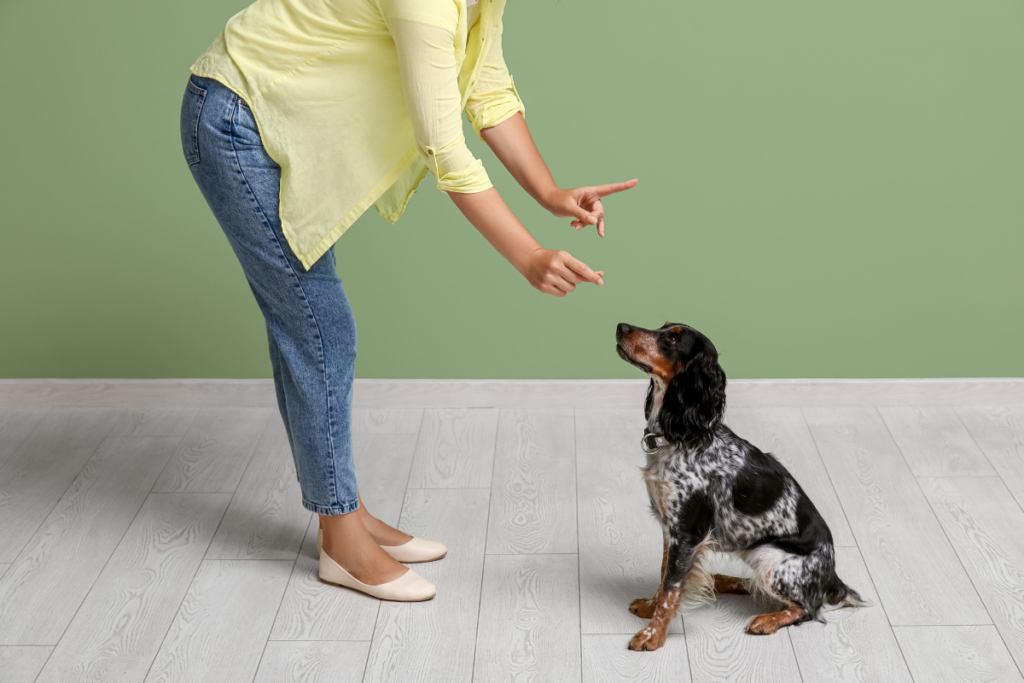
Consistency is one of the most important factors in dog training. When you use the same commands, rewards, and methods every time, your dog knows what to expect and learns faster.
If one person tells the dog “sit” while another says “down” for the same action, confusion is bound to happen! The same goes for rewarding good behavior—make sure everyone follows the same system, so your dog doesn’t get mixed signals.
Here are some key ways to stay consistent:
🐾 Use the same words and hand signals for commands.
🐾 Keep a regular training schedule, whether it’s daily or a few times a week.
🐾 Reward your dog immediately after they follow a command.
🐾 Make sure everyone in the household is on the same page with training rules.
The Role of Socialization in Training
Training isn’t just about commands—it’s also about how your dog behaves in new situations. Socializing your dog helps them learn to stay calm and well-mannered around other people, dogs, and environments.
The more experiences they have, the more confident they’ll become. You can start by taking your dog to different places, like parks or dog-friendly cafes, where they can meet new people and see new sights.
Ways to integrate socialization into training:
🐾 Take your dog on walks in new environments.
🐾 Arrange playdates with other dogs to help them learn proper social behavior.
🐾 Expose them to different sounds, like cars or busy streets, to help them stay calm in unfamiliar settings.
🐾 Gradually introduce them to more people and pets to improve their social skills.
When to Seek Professional Help for Dog Training
Sometimes, despite your best efforts, your dog might struggle with certain behaviors or have challenges beyond what you can manage at home. If you notice issues like aggression, extreme fear, or anxiety, it may be time to consult a professional dog trainer.
Professionals can offer personalized advice and techniques tailored to your dog’s needs, ensuring they overcome obstacles in a safe and positive way.
Final Thoughts
Training your dog can be one of the most rewarding experiences for both of you. With patience, consistency, and a lot of love, you’ll build a bond that makes life more enjoyable.
Remember, it’s not just about following commands—it’s about communicating with your dog and helping them feel confident and happy in their environment. Stick with these tips, and you’ll see progress before you know it! For even more dog training tips, check out this helpful guide.
Happy training!

